Fuel efficiency is a key consideration for many drivers today, especially with fluctuating gas prices. The Nissan Kicks, known for its stylish design and practicality, offers impressive gas mileage that appeals to budget-conscious consumers.
Whether you're driving a 2025 model or an earlier version, understanding how to maximize your Nissan Kicks' fuel efficiency can help you save money and reduce your carbon footprint.
This article explores the factors affecting your Nissan Kicks' gas mileage and provides practical tips to enhance its fuel economy.
See also:
Discover the Top 12 Features of the 2022 Nissan Rogue, Now Priced Under $20,000
Understanding Nissan Kicks Mileage
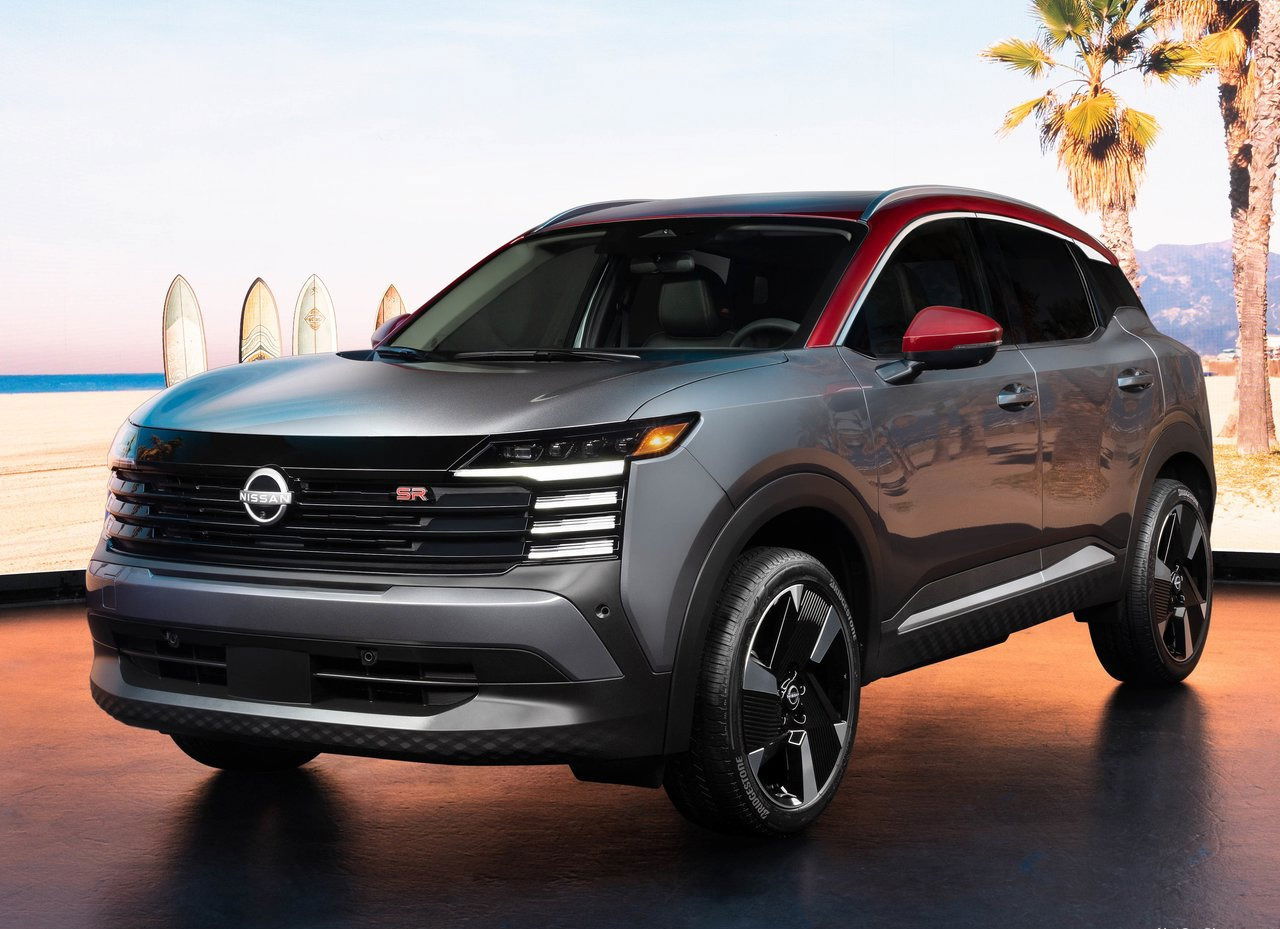
Photo Credit: Nissan.
Before diving into strategies to improve fuel efficiency, it's essential to understand what contributes to the Nissan Kicks' mileage.
The 2025 Nissan Kicks, like its predecessors, delivers commendable fuel economy, making it a popular choice among compact SUVs. With a typical miles-per-gallon (MPG) rating in the mid-30s, it's designed to cover more distance on less fuel.
The 2025 Nissan Kicks has an estimated fuel economy of 28 MPG in the city and 35 MPG on the highway, resulting in a combined rating of 31 MPG.
Factors Influencing Gas Mileage
Several factors can impact the gas mileage of your Nissan Kicks, including:
- Driving Habits: Aggressive driving, such as rapid acceleration and hard braking, can significantly decrease fuel efficiency.
- Vehicle Maintenance: Regular maintenance, including oil changes, air filter replacements, and tire checks, ensures the vehicle operates efficiently.
- Load Weight: Carrying excess weight or driving with a roof rack can reduce mileage due to increased aerodynamic drag and load.
- Road Conditions: Urban driving with frequent stops or hilly terrains can affect fuel economy compared to highway driving.
Tips to Enhance Nissan Kicks Gas Mileage
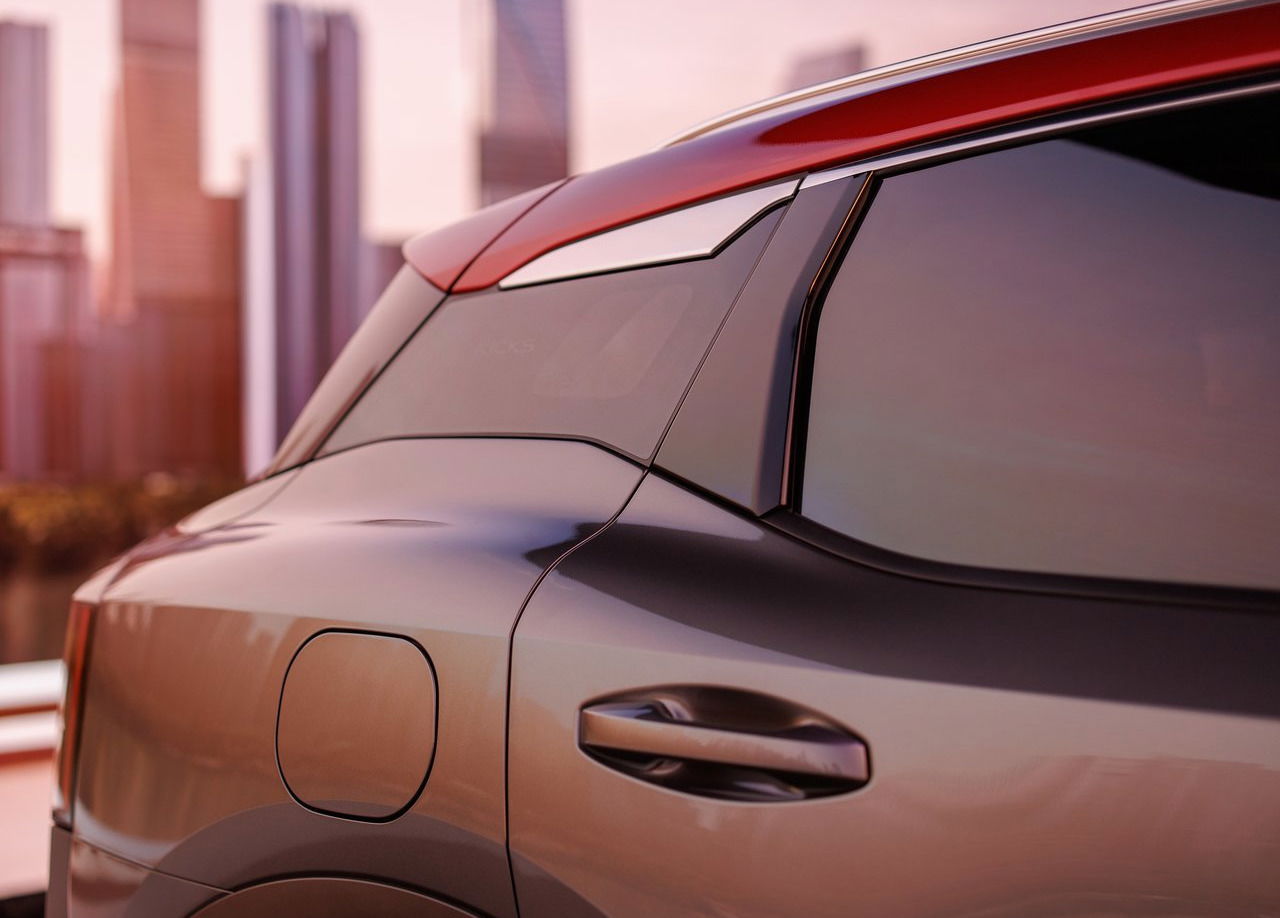
Photo Credit: Nissan.
Implementing fuel-saving techniques not only boosts your Nissan Kicks' gas mileage but also extends the vehicle's lifespan.
Here are some practical tips:
Regular Maintenance Checks
Routine maintenance is crucial for optimal vehicle performance. Ensure that your Nissan Kicks is serviced regularly, focusing on:
- Engine Tune-ups: A well-tuned engine burns less fuel, so keep up with scheduled tune-ups.
- Tire Care: Properly inflated tires reduce rolling resistance, improving fuel efficiency. Check tire pressure monthly and align them as needed.
- Oil and Filter Changes: Using the correct grade of oil and replacing air filters improves engine efficiency.
Adopt Efficient Driving Habits
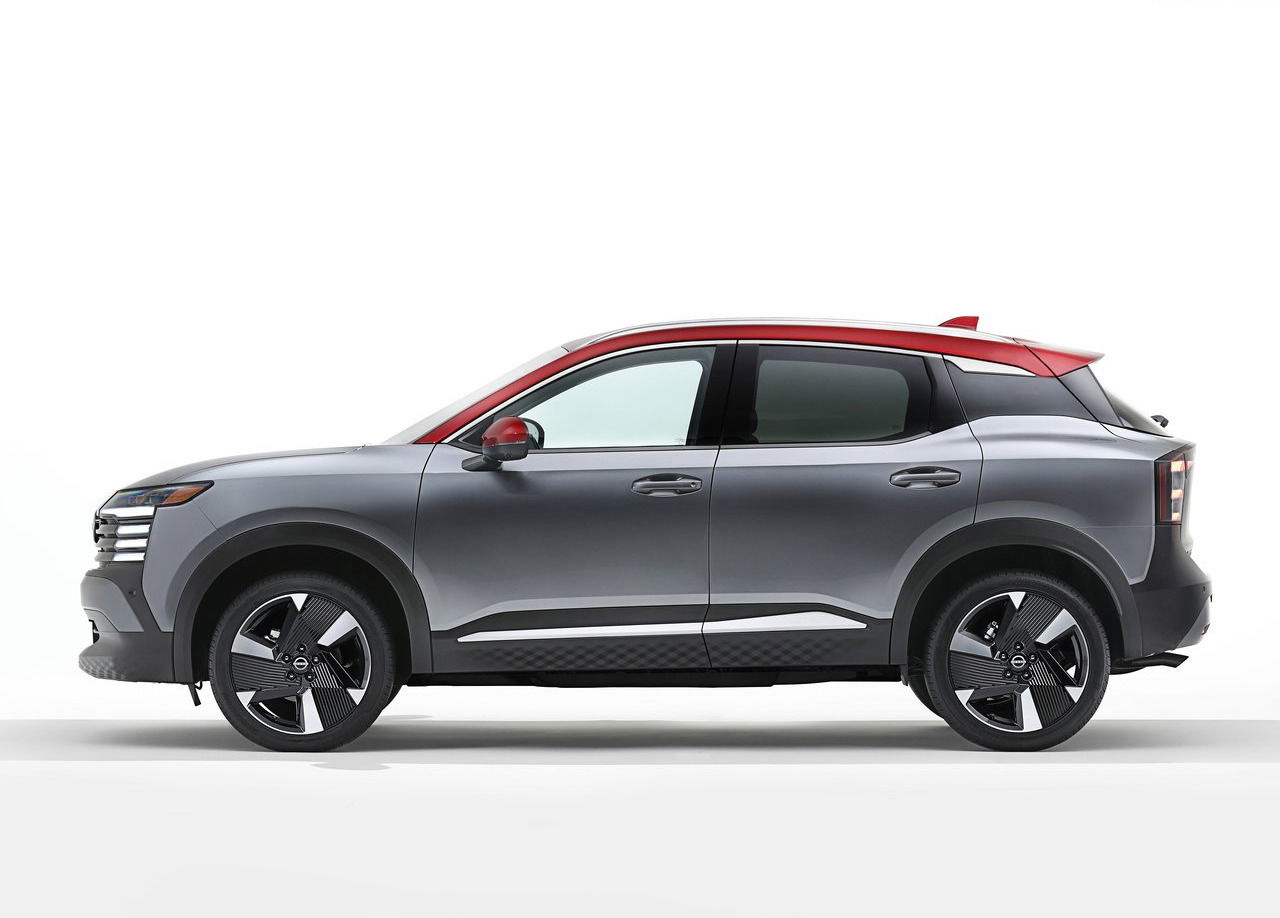
Photo Credit: Nissan.
Driving behavior plays a significant role in fuel consumption. Consider these habits:
- Smooth Acceleration and Braking: Gradual acceleration and gentle braking help maintain a steady speed, optimizing fuel use.
- Consistent Speed: Use cruise control on highways to maintain a constant speed and reduce fuel usage.
- Limit Idling: Turn off the engine during prolonged stops to save fuel.
The 2025 Nissan Kicks is considered fuel-efficient in real-world driving conditions, especially when compared to other vehicles in its class. Its estimated combined rating of 31 MPG places it among the more fuel-efficient options in the subcompact SUV segment.
The Kicks' fuel efficiency is comparable to class competitors, such as the Hyundai Kona and the Honda HR-V, making it a strong contender for those seeking a balance of performance and economy.
See also:
Maximizing Fuel Economy in Acura MDX
Lighten the Load
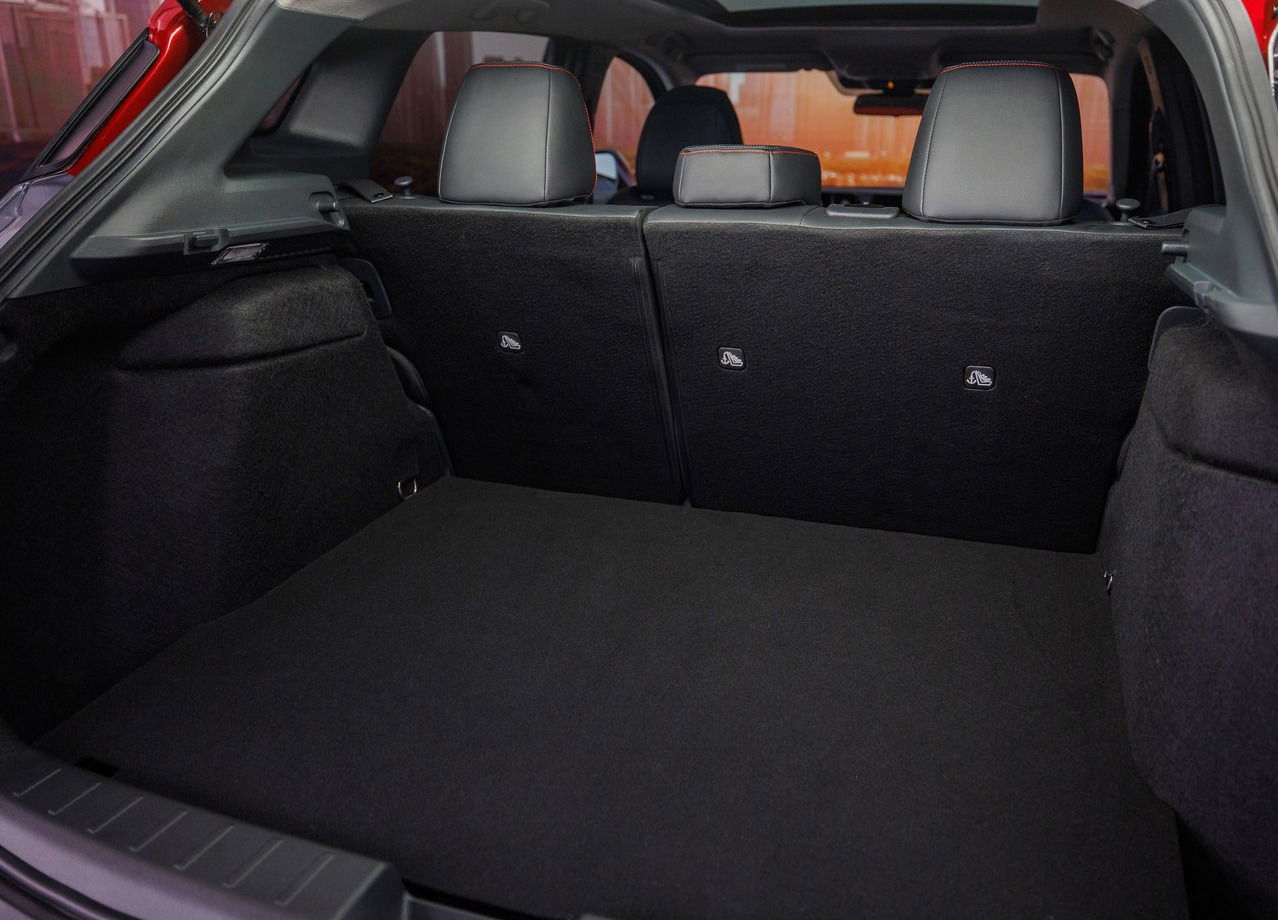
Photo Credit: Nissan.
Carrying unnecessary weight can decrease your Nissan Kicks' MPG. The curb weight varies by trim and configuration:
- Base S grade with front-wheel drive (FWD): 2,987 pounds
- S grade with all-wheel drive (AWD): 3,174 pounds
- SV trim with FWD: 3,012 pounds
- SV trim with AWD: 3,208 pounds
- Top-tier SR grade with FWD: 3,065 pounds
- SR grade with AWD: 3,252 pounds.
Note that the curb weight listed above includes all standard equipment and fluids but does not account for passengers or cargo. So, it makes sense to remove items you don't need from the trunk and avoid using roof racks unless necessary. A lighter vehicle requires less power and fuel to move.
Optimize Air Conditioning Use
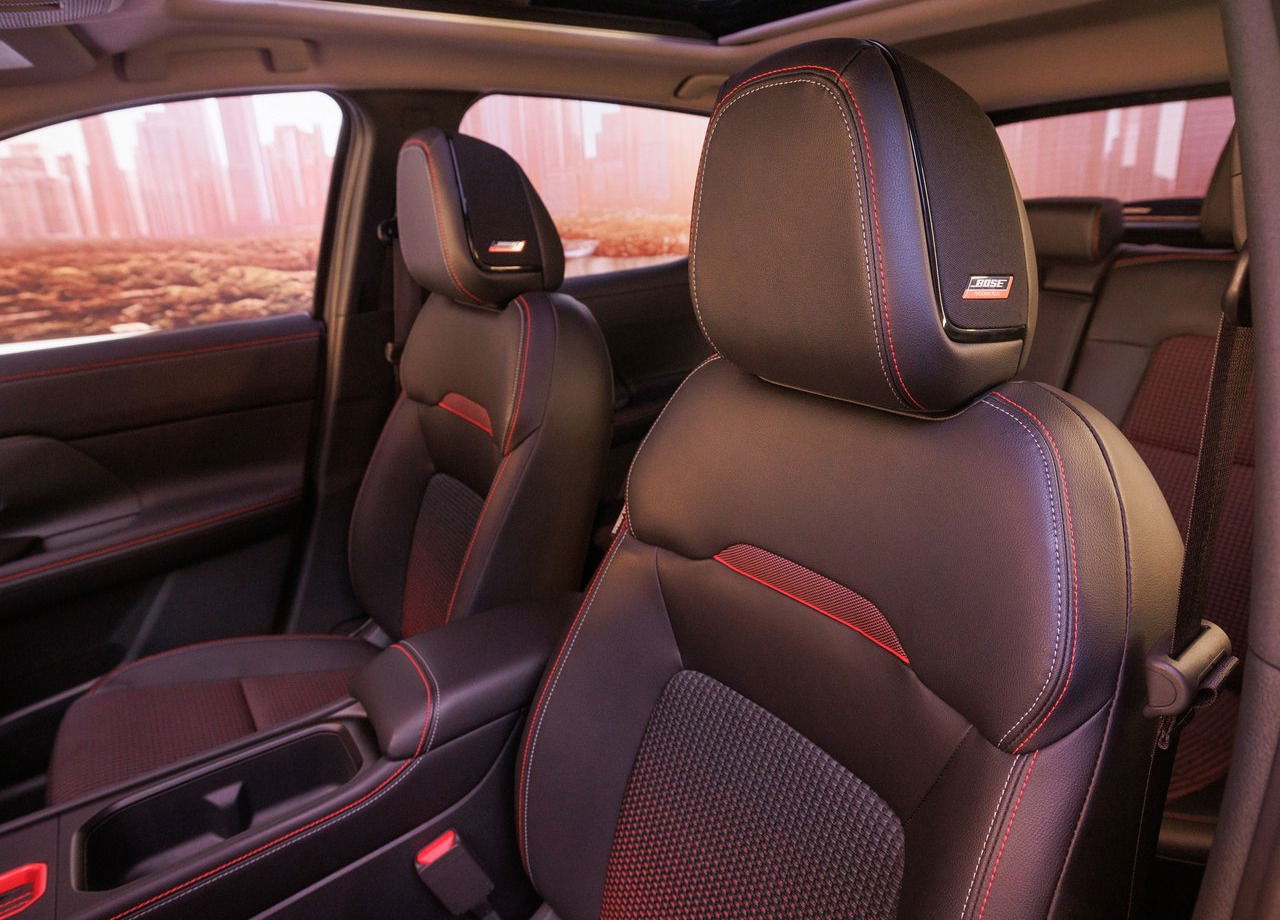
Photo Credit: Nissan.
Many drivers don’t realize using air conditioning impact fuel economy. Air conditioning can reduce fuel economy by up to 25%, especially in hot weather when the AC is at full capacity. This is because the AC draws power from the engine, increasing fuel consumption.
When driving at lower speeds, consider rolling down the windows. At higher speeds, though, using the air conditioner is more efficient than open windows, which create drag. Additionally, consider parking in shaded areas to reduce the need for cooling the cabin.
Technological Aids for Better Fuel Economy
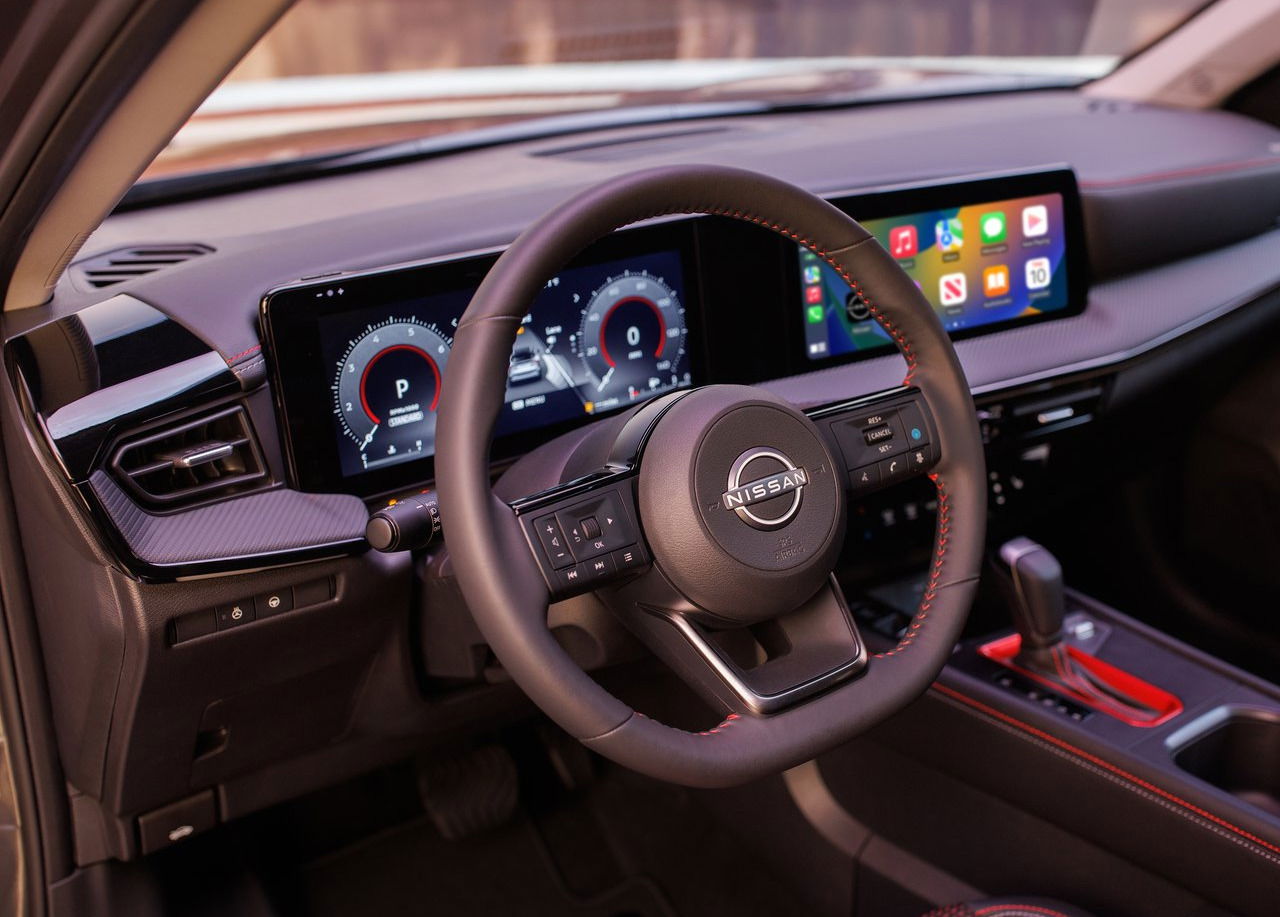
Photo Credit: Nissan.
Modern vehicles, including the Nissan Kicks, are equipped with technologies designed to enhance fuel efficiency. Understanding and utilizing these features can further improve your gas mileage.
The 2025 Nissan Kicks incorporates several fuel-saving technologies:
- Idle Stop/Start System: Automatically shuts off the engine when the vehicle is stationary, reducing fuel consumption.
- Eco Mode: Adjusts engine and transmission settings for optimal fuel efficiency.
- Active Grille Shutters: Improve aerodynamics by closing off airflow through the grille when cooling is not needed.
- Next-Gen Xtronic CVT: Continuously Variable Transmission optimizes power delivery and fuel economy.
Many Nissan Kicks models come with an Eco Mode feature. Yes, the Eco Mode feature is standard on most recent Nissan Kicks models, but earlier models, such as the first-generation Nissan Kicks (2016-2020), did not include the Eco Mode feature.
Engaging this mode adjusts the engine and transmission response to promote fuel-efficient driving. It may reduce power output slightly, but it helps conserve fuel, especially in stop-and-go traffic.
Additionally, using GPS to find the most efficient routes can save fuel. Avoiding congested areas and planning routes with fewer stops can lead to better MPG.
Also, the TPMS alerts you when tire pressure is low, allowing you to address it promptly. Properly inflated tires are crucial for maintaining optimal fuel economy.
See also:
Top 10 Compact SUVs for Fuel Efficiency, Ranked By Category
Future Trends in Nissan Kicks Fuel Economy
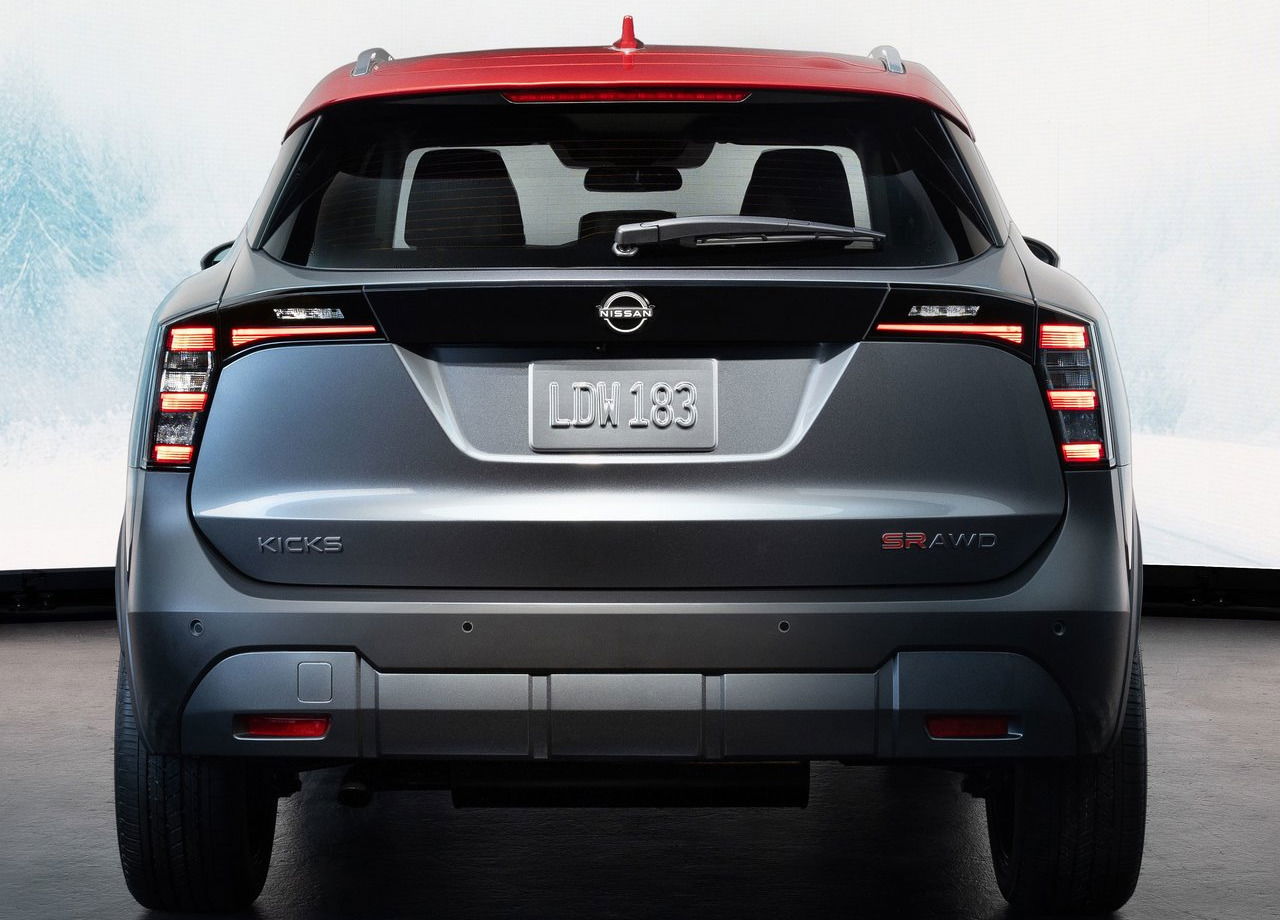
Photo Credit: Nissan.
The automotive industry is continually evolving, and Nissan is at the forefront of incorporating new technologies to boost vehicle efficiency.
The 2025 Nissan Kicks integrate more advanced systems to enhance MPG further. Innovations such as hybrid technology, lightweight materials, and improved aerodynamics are likely to play significant roles in future models.
2025 Nissan Kicks Overview
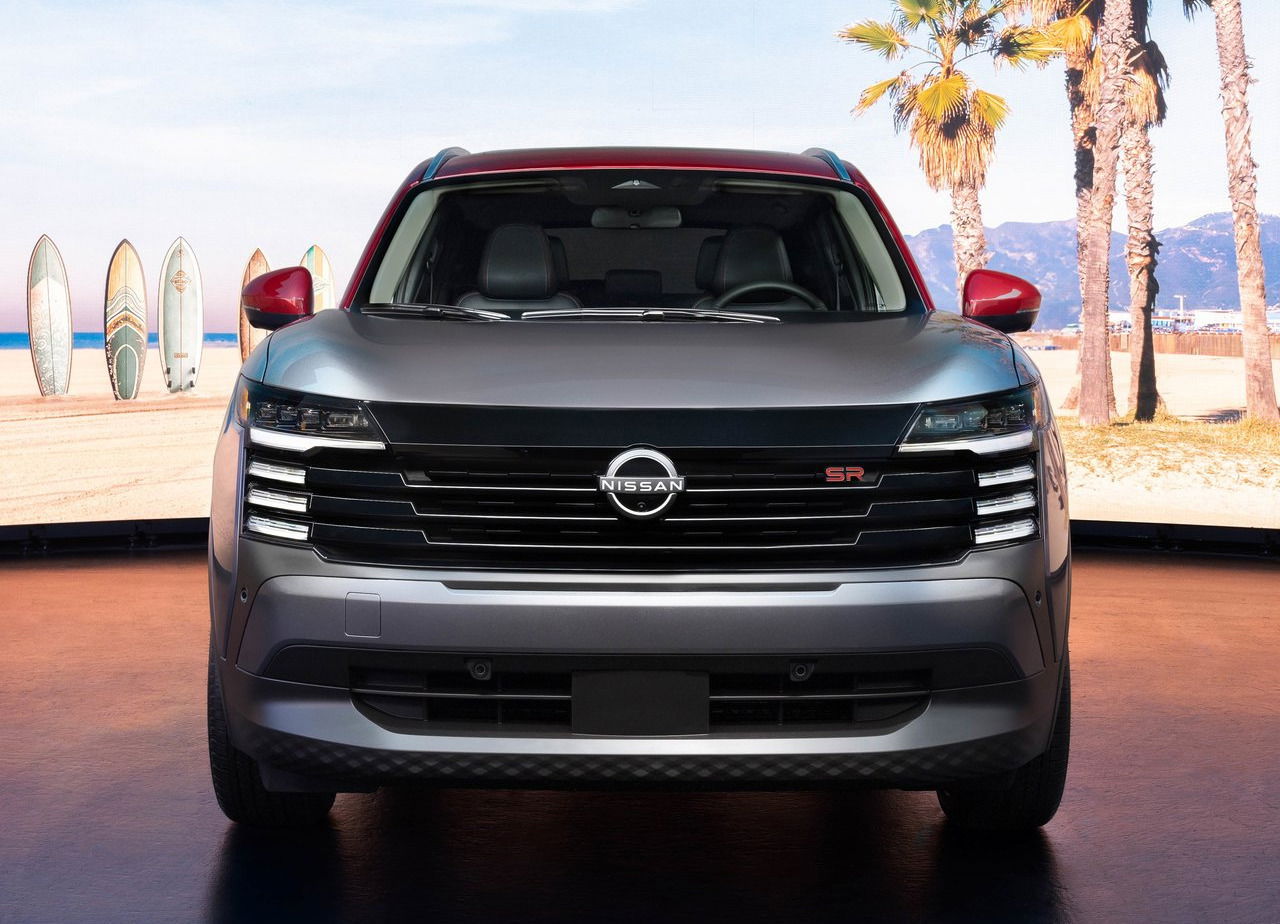
Photo Credit: Nissan.
The 2025 Nissan Kicks is a bold subcompact crossover SUV with a 141-hp engine, advanced tech like Android Auto™ compatibility, and available all-wheel drive. It offers impressive fuel efficiency, flexible cargo space, and standard Nissan Safety Shield® 360.
Notably, the 2025 Kicks offers impressive storage space for its class. The front-wheel-drive (FWD) models provide 30 cubic feet of cargo space behind the second row and 60 cubic feet with the second row folded down.
The all-wheel-drive (AWD) models offer 23.9 cubic feet behind the rear seats and 50.1 cubic feet with the rear seats folded. The Kicks has a passenger volume of 92.6 cubic feet, which is ample for both front and rear passengers.
It features a redesigned center console with practical storage solutions, including cupholders designed to accommodate larger tumblers and an enclosed compartment for secure storage. Additionally, the 60/40-split rear seats fold flat to expand cargo space.
Last Word
Maximizing fuel efficiency in your Nissan Kicks involves a combination of regular maintenance, smart driving practices, and utilizing built-in technologies.
By understanding and implementing these strategies, you not only save on fuel costs but also contribute to environmental sustainability. Taking small, consistent steps ensures that your Nissan Kicks remains efficient, reliable, and environmentally friendly.